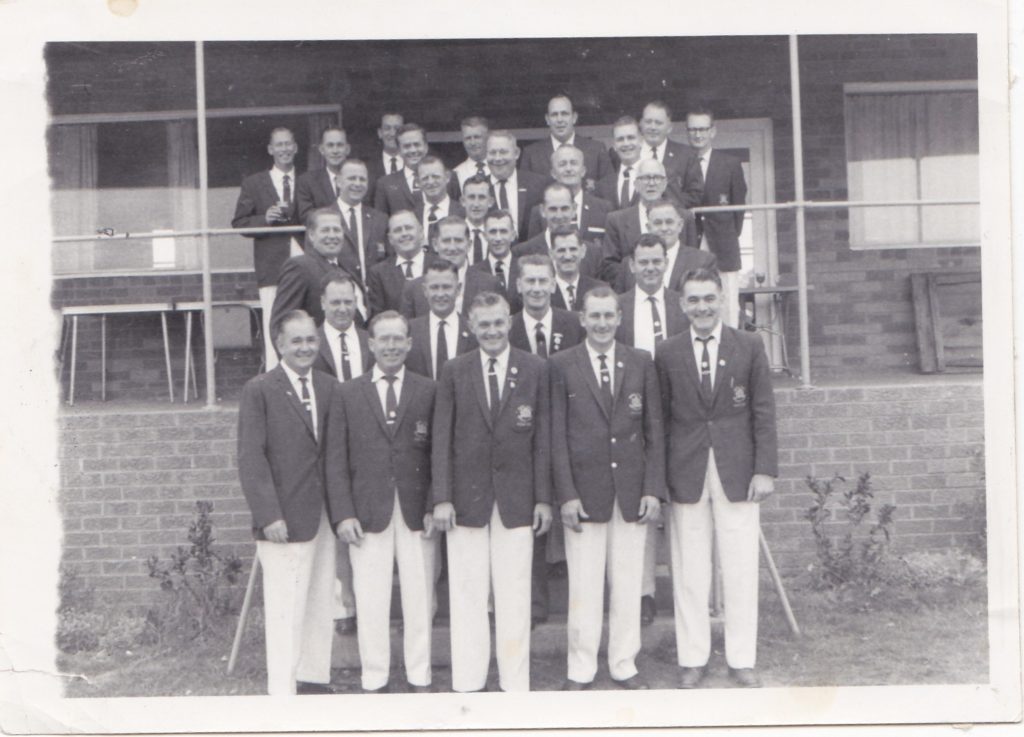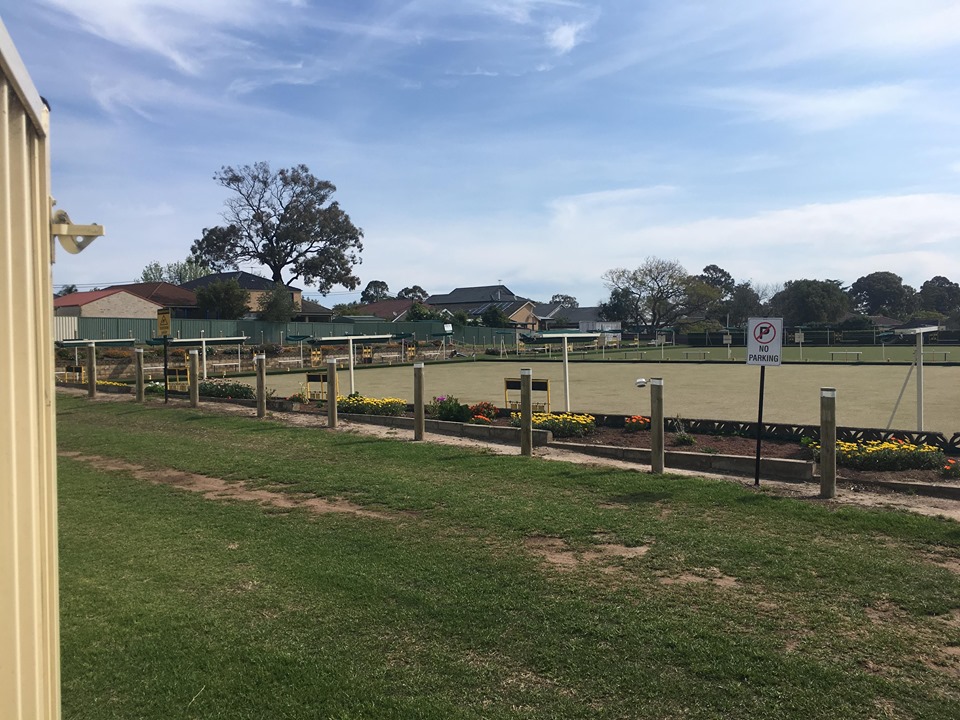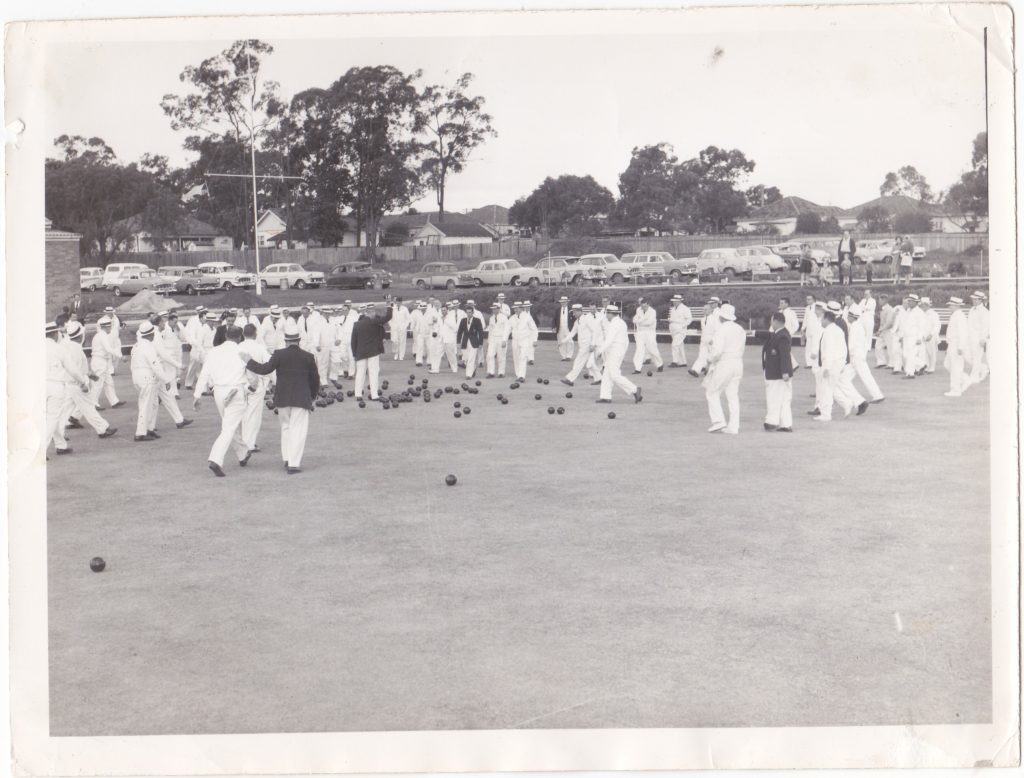This unit has been by far the most challenging, most stressful and most rewarding experience I’ve had at university.
As it stands now, my project is both incomplete and almost unrecognisable from my initial goals. That said, it’s grown into something more than an assignment and with it I’ve found my niche within the Picnic Point Bowling and Social Club – I feel like I belong there more than ever.
No longer a series of video interviews or an update to the Club’s webpage, my project has developed into an exercise in writing the history of Club Picnic Point almost from scratch. This shift mostly occurred when preparing for my interviews (which are still scheduled to take place) as I quickly realised I had no place to begin. What history did exist ended around 1971 and was focused on the Club’s foundation years.
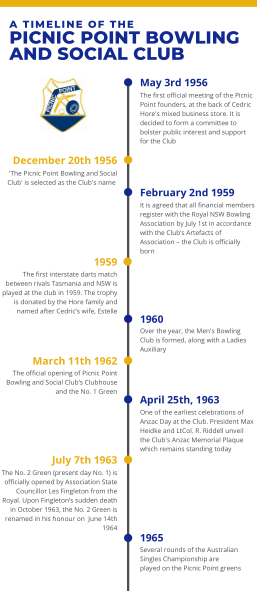
It became clear then that any interviews I did conduct would not be moored in context. With the Club’s history largely unrecorded, I decided to focus on contextualising everything before moving onto the interviews and website updates.
In order to write the history, I relied on a number of secondary sources about the local area (Picnic Point/Panania, Bankstown-Canterbury and the Georges River), the history of bowls in Australia and various histories written by other Clubs as a guideline (and occasional reference through their connections to Club Picnic Point).
Most of my work, however, was guided by primary resources. I began by reading through the entirety of available minutes books from 1956 to 1981 and any other documents (for example letters, voting ballots, invitations, debenture records) I could find. At the same time I undertook digital and physical research into newspaper and newsletter archives that related to the Club’s history while collating a photo archive that allowed me to make connections across time. Quite late into the project (about a month before submission) a whole new series of primary sources were discovered and I worked to integrate these into my knowledge. These sources included newspaper clippings from the 1960s and 1970s, photo albums and some notes written by members on the history of the Club as they remember it. Overall, the investigation (and digitisation) of primary sources took up the majority of the semester.
This research and recording aspect of the project was valuable in that it allowed me to take historical initiative (contacting officials, making public announcements etc.), but it also made me realise how frightening it is to literally ‘construct’ an uncontested history. Arguing that the assassination of Archduke Franz Ferdinand caused WWI is one thing, telling a group of people the ‘facts’ about their own organisation is another.

I won’t deny that I’ve developed a small amount of historical anxiety over the course of this project. I’ve checked and rechecked dates and events countless times and have still found something wrong with them; I’m also very aware that I’m selecting the ‘facts’ of the Club based on what I deem important and not what somebody else may deem important. I’ve tried to assuage this fear by discussing with the Club at length the things they value.
That said, there are still some areas of my research I recognise as limited and hope to fix in future. Firstly, I have a relatively simple knowledge of bowls as a sport and have no ability to decide what is an historic victory and what isn’t. Secondly, there is a massive gap in my project from the mid-1960s to the early 2000s, based off the lack of primary evidence that I’ve uncovered about this time. Going forward, I hope to minimalize these limitations by, again, consulting with the Club’s experts (which could possibly take the form of the oral history interviews themselves).
Because of this, I consider the project I am submitting now a draft to be reviewed by my supervisor. As it stands, it involves three main aspects: a chronological timeline, a history based around themes chosen by my supervisor and myself, and a photo archive that has begun to be realised as an historical album.
Naturally, since submitting the project for marking I’ve noticed an embarrassing number of typos that have since been fixed.
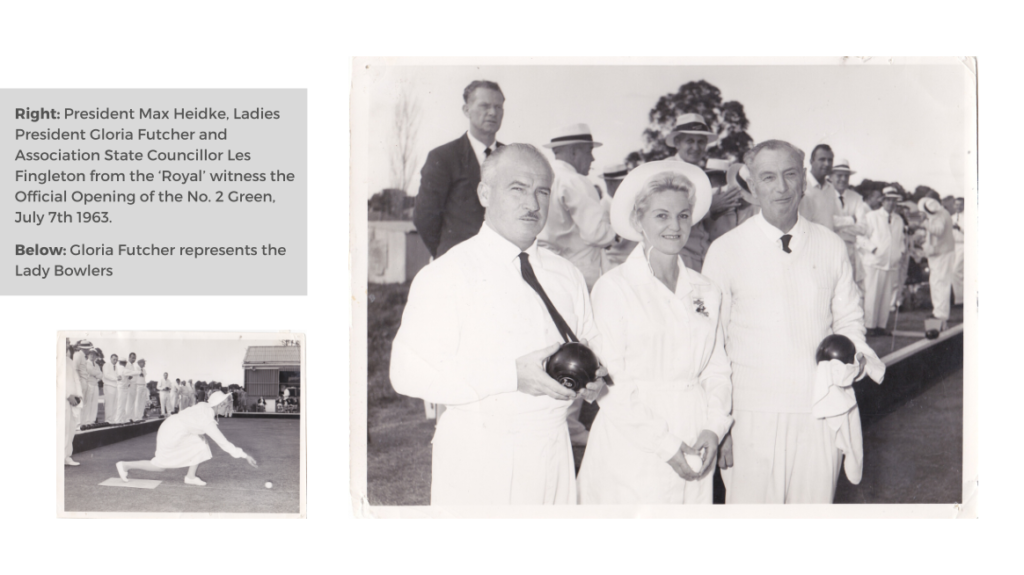
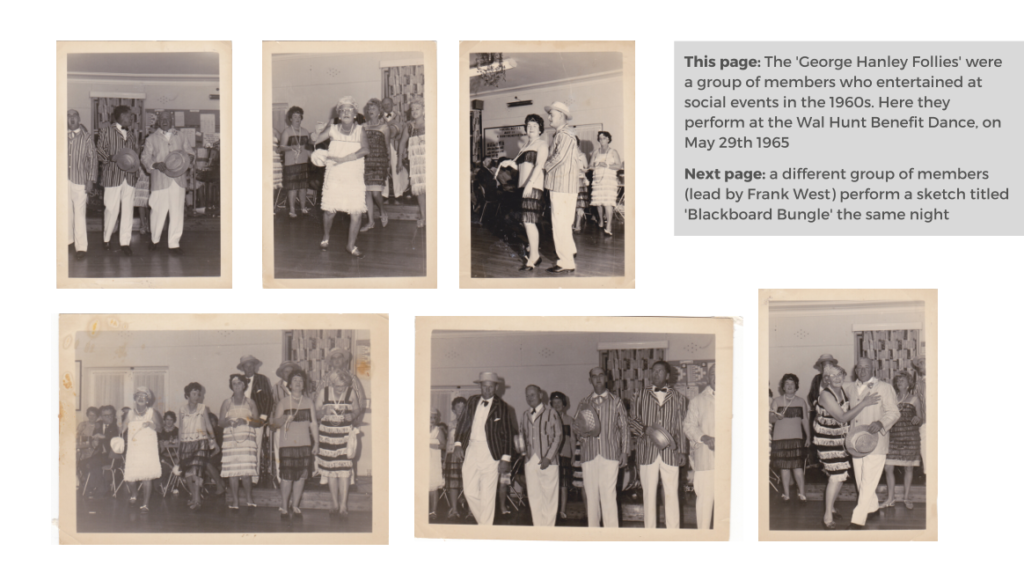
My next steps are based around expanding on the history recorded in these three forms through:
- a social media call-out to members of the Club, asking them to submit photographs, documents or even sign up for oral history interviews (in addition to the members I have already confirmed with)
- further archival research of my own now that time permits – I have recently been in contact with a representative from Bowls NSW about opening up the digitised archives
- turning my own (somewhat mismatched) bibliography into an aid for future Club historians
- conducting the oral history interviews (my original goal) as I still believe that recording the memories of the Club’s oldest members is crucial, especially considering my lack of knowledge about bowls and the archival gaps from 1980 to 2000
Ideally, I will have the core aspects of this project completed by January but in all honesty I don’t see it being finished to the degree I want until well into 2020. Following extensive reviews and approval from the Club, I intend to use all of my work to finally update the Club website. I believe this will ensure that their history is accessible, sustainable and marketable.
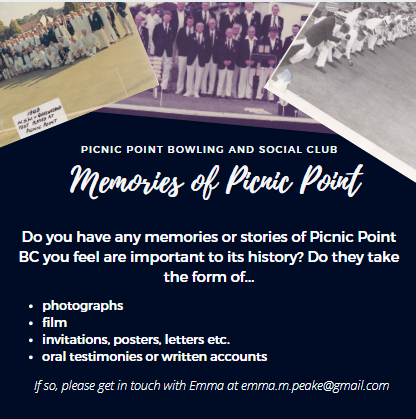
When browsing through everyone’s projects, I began to grow worried that I hadn’t included certain aspects or maybe hadn’t done enough work. As I post this now I feel less concerned, knowing that everyone’s approach to writing history is as unique as the history they’re writing about.
I want to thank Mike, Marama and Picnic Point Bowling and Social Club for making all this (and what’s to come) possible.

